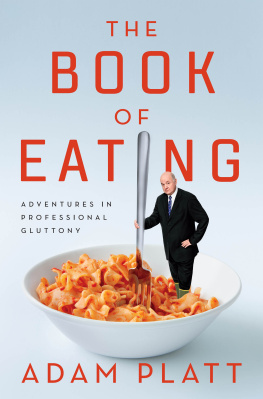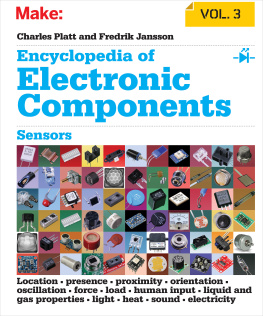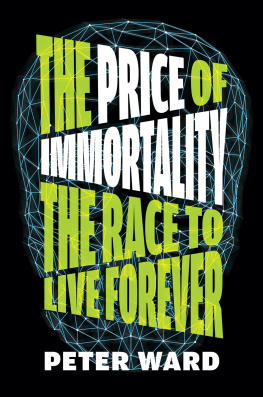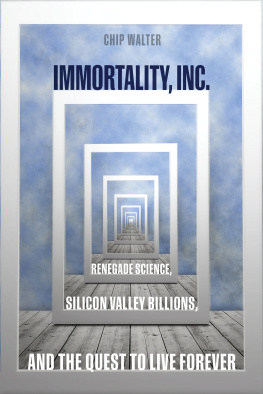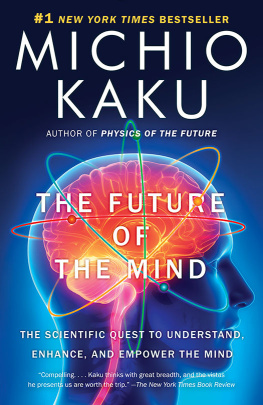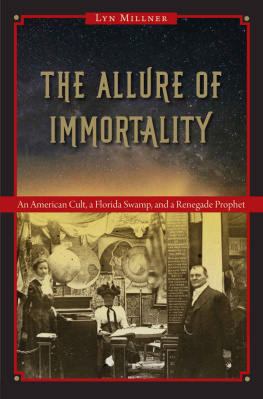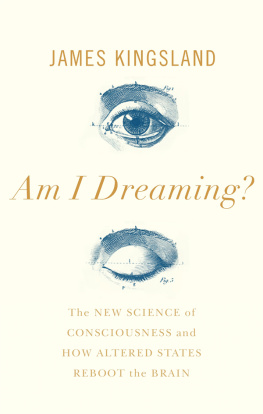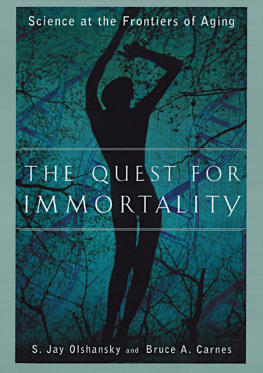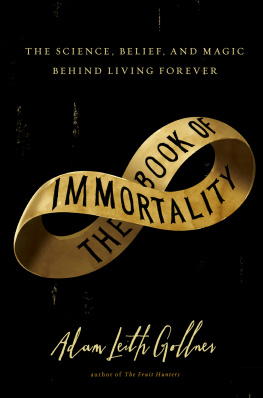
The
Silicon
Man
CHARLES PLATT
BANTAM BOOKS NEW YORK TORONTO LONDON SYDNEY AUCKLAND
THE SILICON MAN A Bantam Spectra Book / March 1991
SPECTRA and the portrayal of a boxed "s" are trademarks of Bantam Books, a division of Bantam Doubleday Dell Publishing Group, Inc.
All rights reserved.
Copyright 1991 by Charles Platt.
Cover art copyright 1991 by Jean Franois Poderin.
No part of this book may be reproduced or transmitted
in any form or by any means, electronic or mechanical,
including photocopying, recording, or by any information
storage and retrieval system, without permission in writing from
the publisher. For information address: Bantam Books.
ISBN 0-553-28950-0 Published simultaneously in the United States and Canada Bantam Books are published by Bantam Books, a division of Bantam Doubleday Dell Publishing Group, Inc. Its trademark, consisting of the words "Bantam Books" and the portrayal of a rooster, is Registered in U.S. Patent and Trade-mark Office and in other countries. Marca Registrada. Bantam Books, 666
Fifth Avenue, New York, New York 10103
PRINTED IN THE UNITED STATES OF AMERICA
In memory of Fred Beyer,
friend, computer programmer, and mentor,
who died too soon.
Acknowledgments
I am indebted to Vernor Vinge, a mathematician and impor-tant science-fiction writer in his own right, for helping me with some of the details and implications of the central idea in this novel. I hope he doesn't feel I played too fast and loose with the science.
Roberta Lannes read the early drafts and played an indis-pensable role encouraging me to develop the human qualities of the narrative. John Douglas gave valuable advice after reading an initial outline of the novel. Jonathan Post advised me on the policies and procedures of aerospace contractors. Robert Frenay, Richard Kadrey, and Bruce Sterling read the manu-script and were good enough to take the time to offer valuable suggestions for improvements. My editor, Betsy Mitchell, of-fered helpful advice. Nancy Weiner provided medical informa-tion. Many others have assisted me by discussing and/or disputing the ideas in the book.
Although electronic immortality is pure fiction at this time, there are real possibilities for achieving longevity by being fro-zen after death in the hope of subsequent resuscitation. For details contact the Alcor Life Extension Foundation, 12327 Doherty Street, Riverside, California 92503, telephone (800) 367-2228.
I must emphasize that I have extremely high regard for the ethical codes followed by Alcor, and the cryonics organization that plays a minor part in the plot of my novel is not in any way intended to resemble Alcor or any other organization in the real world.
Author's Note
The equipment and procedures that I have described in this novel do not yet exist. In fifty to one hundred years, however, such techniques may be possible, and at that point they will enable us to achieve a form of immortality.
I believe that not everyone will welcome this. Indeed, pio-neers in the field may be forced to conduct their research under clandestine conditions in order to escape restrictive regulations or conservative backlash.
One way or another, though, there surely will come a time when the mind may outlive the body; and I myself look for-ward to this as a form of liberationfor future generations, if not for my own.
PART ONE
Obsession
At first LifeScan had been a challenge, luring her with the promise of freedom and power. Ten years later it had become an obsession, ruling her days, haunting her nights. When she lay in bed alone, restlessly seeking sleep, her mind still fretted at unsolved problems: how to obtain materials for the next phase of development, how to hide purchase orders, how to lay false trails and store fake data. The project had long since vio-lated ethical guidelines and federal law; if they were found out now, it would ruin their careers. But even the prospect of prison sentences seemed trivial compared with their biggest fearthat LifeScan would be dismantled and their work would be lost.
Each morning, muzzy from too little sleep and too many pills, she ate a breakfast of instant eggs and soy toast, thinking about it still: how to filter out noise that was corrupting the data, how to suppress vibration from the refrigeration unit, how to refine the scanning resolution of the probes. The project was like a metronome setting the rhythm of her life.
Her name was Rosalind French and she worked at North Industries, a defense contractor just off the Long Beach free-way. Her laboratory was a big, bare, high-ceilinged room with beige walls and a black plastic floor, barred windows looking onto a courtyard of eucalyptus trees. It was cluttered with monitoring and diagnostic gear in gray aluminum cabinets, metal-working tools, a scanning-tunneling electron micro-scope, tissue samples in a large freezer, sheets of steel and bar stock, keyboards and flat-panel data displays. At the center of the space, ringed by the other equipment, a Cray-12 computer stood like a small black tombstone beside a cylindrical stain-less-steel tank the size of a baby's crib. Tonight, like most nights, two other scientists shared the lab with her: Michael Butterworth, a tall, skinny neurophysiologist who looked down on the world around him with an enigmatic air of detachment, and Hans Voss, a Polish-born engineer and craftsman of the old school. Butterworth was something of a mystic, a dreamer who once told her he'd chosen his vocation after a two-hour stint of meditation followed by a session with the I Ching. By contrast, Voss was a little old man with a pink bald head rimmed by wisps of white hair. He was shy and unimposing, yet he had a special rapport with machinery. To Rosalind it almost seemed as if systems sensed his authority and surrendered to his special, gentle touch.
This, of course, was irrational nonsense. But the more time she spent in the lab, the more each piece of equipment seemed to acquire a personality filling the void that friends had once occupied in her life. Sometimes she even found herself talking to the hardwarepraising it for performing correctly, scolding it for defying her.
Strange behavior for someone who believed in the scientific method, and yet as the months passed she was growing more and more superstitious. If she sensed there were bad omensif the mix of people and equipment wasn't propitious in some mystical way she couldn't even explainshe'd cancel a test run without hesitation. Her burden of responsibility had grown so heavy, the only way she could deal with it was by going with her gut feelings.
Tonighta warm spring California nightthe setup did feel propitious. She waited beside the stainless-steel tank, a tall woman in her early thirties with alert gray eyes, black hair pulled severely back. Her self-control and her formal posture the product of a venerable East Coast finishing schoolallowed no clue to her inner anxieties.
She waited, and Hans Voss waited with her. Butterworth got ready for the run, settling into his seat at the control desk, his head hidden beneath the black hemisphere of the viewing hood, his hands groping inside waldoesmetal gauntlets lined with pressure and motion sensors.
"Ready," he said finally.
Rosalind pressed the on-button of her log unit. It functioned like an airplane's flight recorder, tracking the real-time status of more than two hundred key components. Company policy specified that archival facilities in the basement were the cor-rect place to store this kind of data, but LifeScan's experi-mental results had long since been taken off the official record.
Next page

